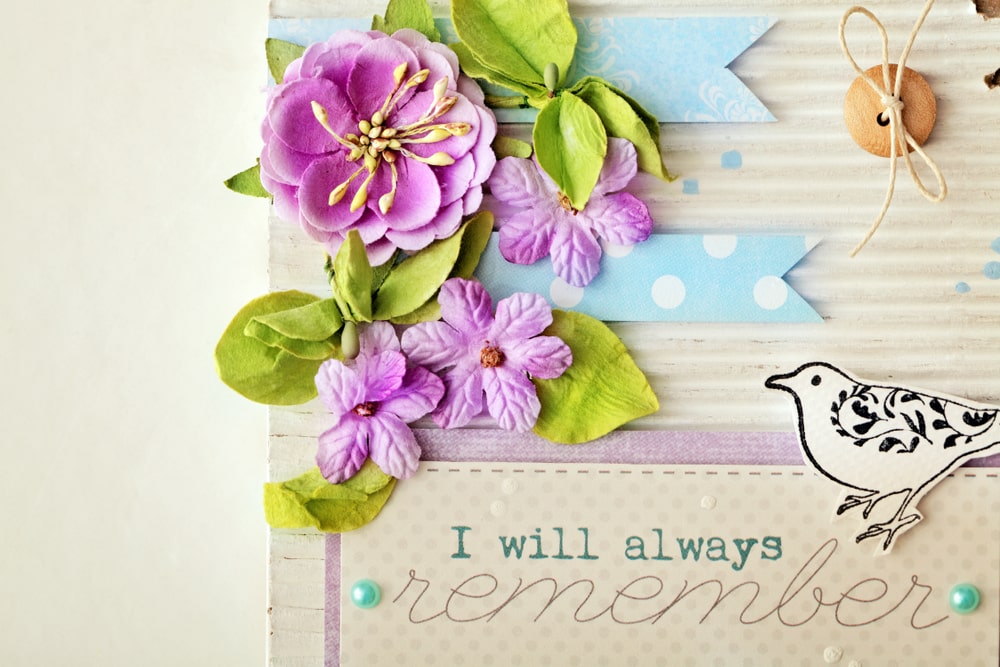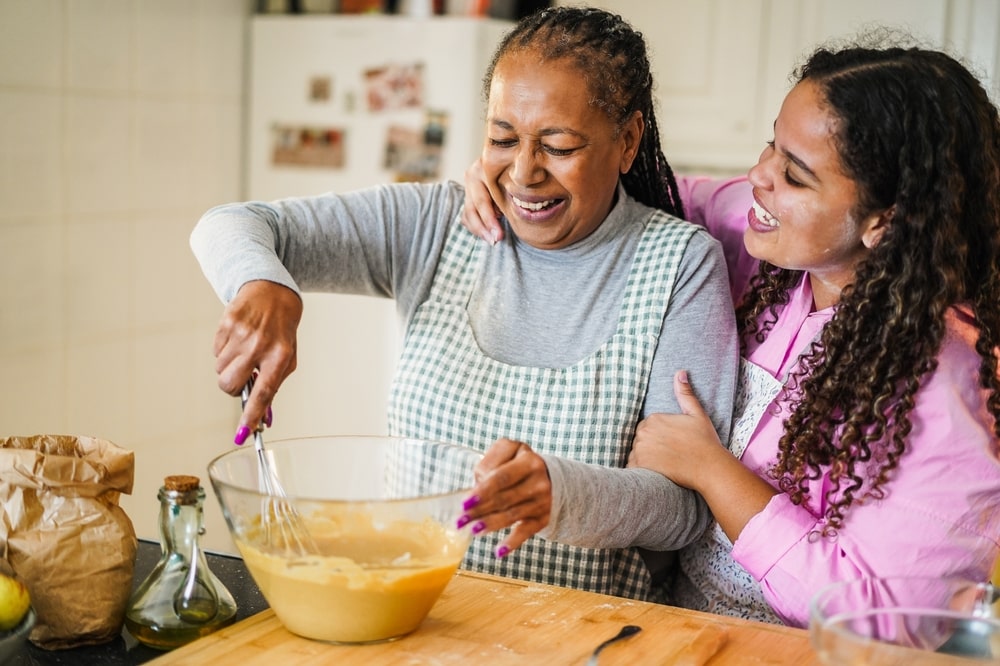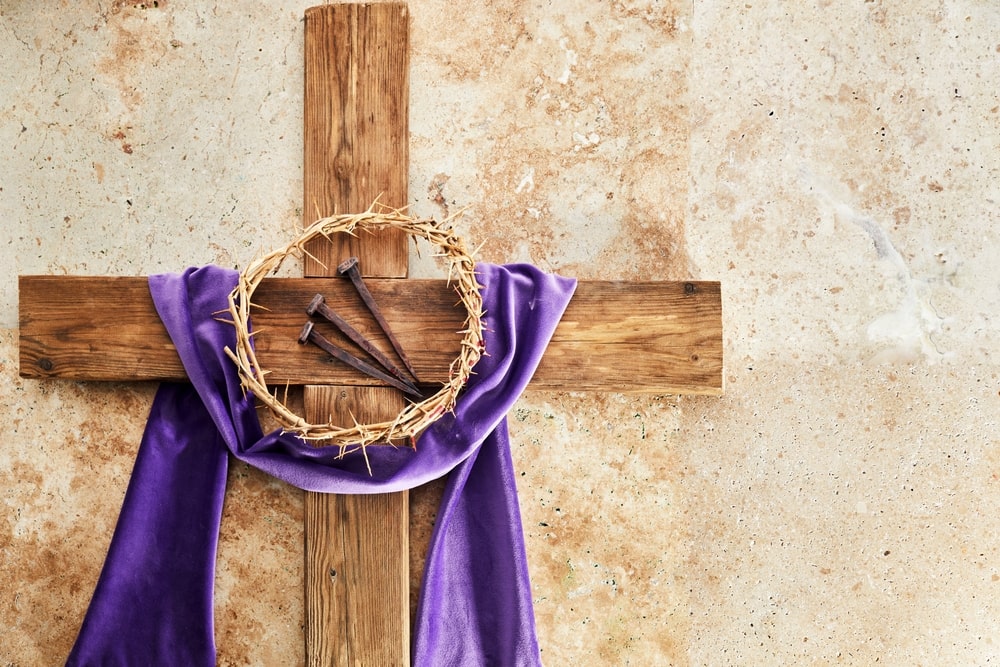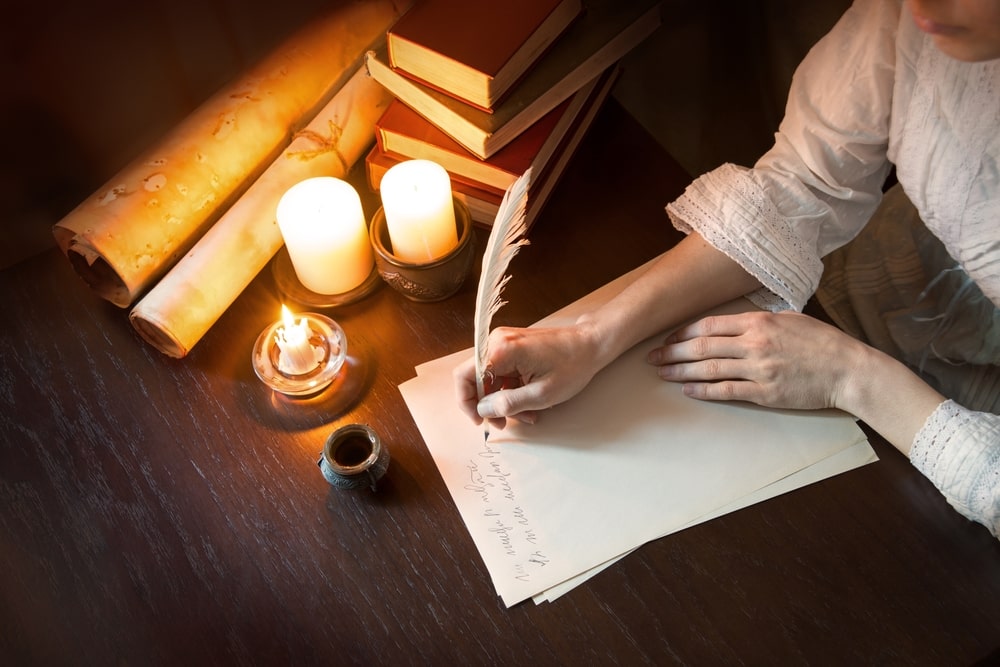
After losing a loved one, some days are harder than others. Your grief may feel stronger on special days like birthdays, anniversaries, holidays, or their deathiversary. If you’ve lost your mom, Mother’s Day might be a grief trigger for you.
If Mother’s Day is hard for you, you may prefer to skip it altogether. But even though your mom is no longer with you, you can still honor and remember her on this special day. Here are 11 ways you can honor your mom this Mother’s Day:
Do her favorite activity

Activities provide a way for us to express our grief and physically process our emotions. Did your mom enjoy baking, painting, puzzles, or gardening? You can spend some time on Mother’s Day participating in your mom’s favorite activity.
While you may not master the violin or draw a masterpiece, doing something your mom loved can help her feel a little bit closer on a hard day. Alternatively, you could do something you always did together, like having a spa day or visiting a specific restaurant.
Visit her final resting place

While visiting a loved one’s grave may feel intimidating, it can help you in your grief journey. When you go to your mom’s final resting place, whether at her gravesite or urn niche, you set aside time to grieve and remember her. You can talk to her, bring flowers, or simply sit and reflect. If your mom doesn’t have a final resting place, you could visit a spot that was meaningful to the two of you.
Plant or buy her favorite flowers

Because Mother’s Day is in the spring, it’s the perfect time for gardening. If your mom had a specific flower she loved, you can take a little time to plant some in your garden. Not only will you be able to enjoy the flowers all season, but their smell can also remind you of positive memories of your mother.
If you’re not big on gardening or don’t have a lot of space, you can also buy some of your mom’s favorite flowers to enjoy. Additionally, if you’re not sure what your mom’s favorite flower was, you can always get other meaningful flowers, like the flowers she wore at your wedding or a flower that reminds you of her.
Write her a letter

Often, when someone we love dies, there are things we wish we could have said or changes in our life we want to tell them about. By writing a letter to your mom, you can release thoughts and emotions you’ve been holding inside. It doesn’t matter what you write or how well it’s written; expressing your feelings matters more.
Enjoy her favorite food

What dish did your mom love to eat? What treats did she make that remind you of her? One way to remember your mom on Mother’s Day is by making a food she loved. You could make a full meal, a snack, or her favorite dessert. If you’re not particularly skilled in the kitchen, you could have a friend or family member help you, or you could hunt down a local restaurant or bakery that makes something similar.
Wear her favorite color

One very easy way to honor your mom on Mother’s Day is by wearing her favorite color. In a way, adding her favorite color to your outfit is a way to bring her memory with you throughout the day. You could make the color the main focus of your outfit or incorporate it through accessories. You could also wear an heirloom or piece of jewelry your mother gave you. Incorporating something important to your mom into your outfit is a simple way to keep your mom close.
Look at photos or old home videos

Looking at photos of your mom or watching old home videos can remind you of the happy moments you shared. Pictures may remind you of memories that have faded into the background, and videos can bring back your mom’s voice.
Whether you choose to enjoy these old memories on your own or with loved ones, photos and videos can make your mom feel a little bit closer on Mother’s Day.
Make a scrapbook page

If you enjoy crafts, creating a scrapbook page for your mom can be a great way to celebrate her memory on Mother’s Day. You can incorporate favorite photos of her, mementos from events you attended, or stickers of her favorite flowers. You could add significant quotes: things she said that stuck with you, her favorite saying, or a selection from her favorite book or poem. By taking time to be creative, you’ll allow yourself to express your feelings and embrace your memory of your mom.
Share favorite memories and stories

Stories have power, and by sharing them with others, you can relive them. If you have a favorite memory with your mom – something sweet, heartfelt, or funny – you can share it with a friend or family member or in a post online. If you have kids of your own, you can tell them about your favorite moments with your mom and maybe even recreate them.
You could also write down some of your favorite memories and stories! Whether you write them in a journal just for yourself or choose to share them with someone else, you can write your memories to cherish them forever.
Volunteer at her favorite charity

As mentioned above, participating in activities can be a great way to process your grief. Giving your time to a cause your mom cared about can be a great way to honor her memory on Mother’s Day. While some organizations may be closed on Sunday, you could also volunteer the week before or after Mother’s Day.
Keep in mind that some charities may require paperwork or a background check, especially those that work with kids in need. Investigate ahead of time to learn what requirements your volunteer opportunity requires.
Make a donation in her name

Did your mom have a cause that she often donated to? You could give a memorial donation in her honor to her favorite charity. Or did your mom die from a specific disease, like breast cancer or Alzheimer’s? You could support an organization that researches that disease.
Some organizations accept donations of useful items, like hats, toys, or blankets. Even a small donation can make a difference, and your generosity can be a great way to honor her memory.
Whether you choose to skip Mother’s Day or participate in a remembrance activity, remember to be patient with yourself. Losing your mom is hard, and it’s okay if you need time to grieve. Whatever you do, cherish the happy moments you shared with your mom and hold her memory close.
























































